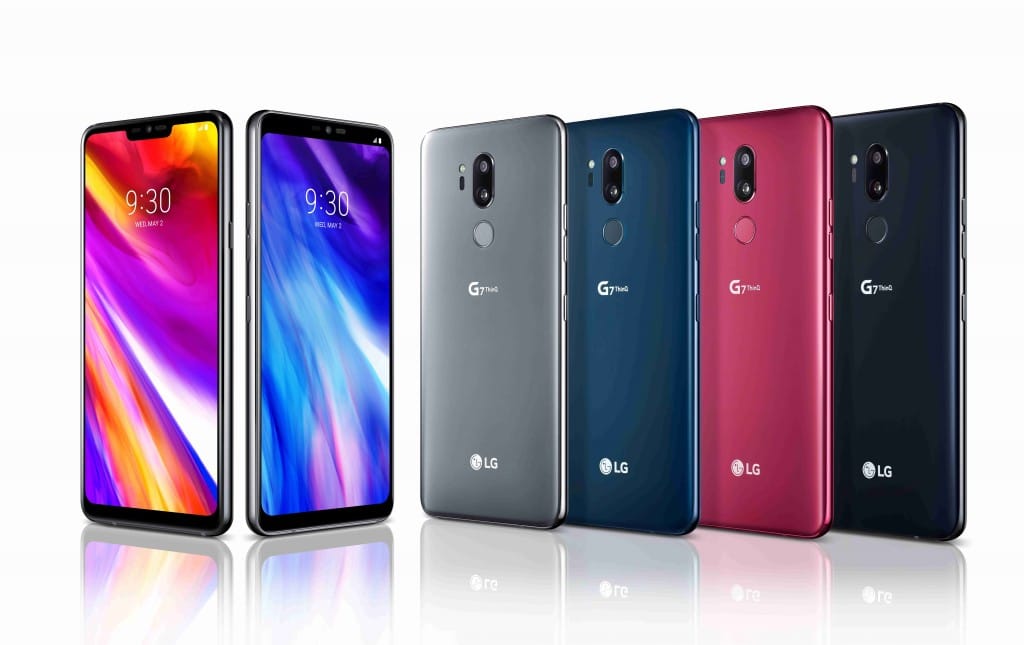
Ahead of its unveiling early next month, LG today announced that the G7 — its next flagship smartphone — will come with a super bright display. The handset will make use of a 6.1-inch notched LCD display with a 19.5:9 aspect ratio.
The notch and the taller aspect ratio means the handset comes with a resolution of 3210 x 1440. LG is particularly highlighting how bright the display on the handset can get which is why it has earned the “Super Bright Display” moniker. It says the display can reach brightness levels of up to 1,000 nits while consuming 30 percent less power than the panel used on the G6. The display also has 100 percent DCI-P3 color gamut coverage, with LG calling it the brightest and most vibrant display on the market today.
Considering that LG is using an LCD panel here, it remains to be seen if its claims will match the panel’s real-world performance or not. Rumors have indicated that LG has used an MLCD+ panel on the G7 which features an extra white pixel for improved brightness levels and reduced power consumption.
LG has also revealed that the bottom bezel on the G7 is almost 50 percent smaller than that of the G6. And that the display is protected by a curved 3D tempered glass.
LG used OLED panels manufactured by LG Display on its last flagship, the V30 and V30+. It also supplied the same panels to Google for the Pixel 2 XL. However, the panels were heavily criticised for their poor image quality, brightness levels, and overall performance. Despite that setback, LG is keen to become an OLED supplier to Apple for this year’s iPhone and has been working on setting up an OLED production line. So, it is surprising that instead of using its own OLED panels on the G7, the company went ahead and used MLCD+ panels on it. If anything, this indicates that LG’s OLED production line is still not ready and the quality of its OLED panels is still below par.
As for the LG G7, it will be unveiled on May 2nd. Almost every detail about the handset has already leaked though, so LG will not have anything new to announce on the launch day.
















